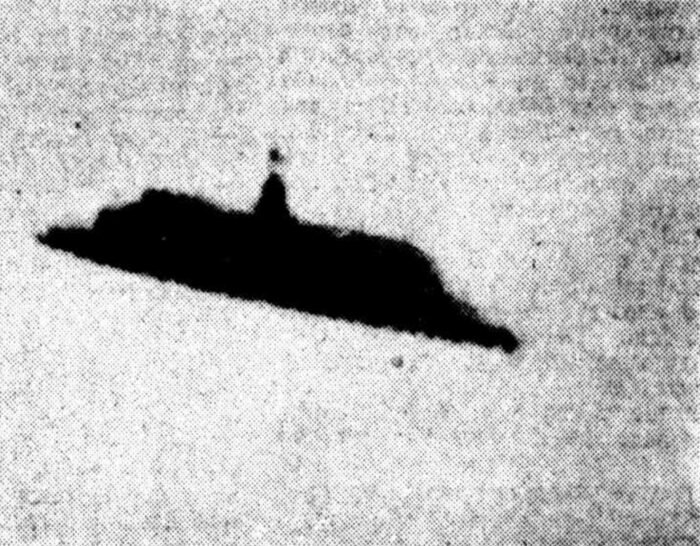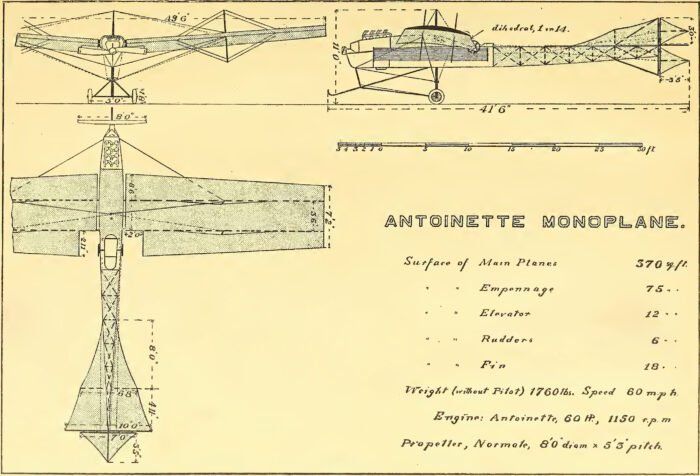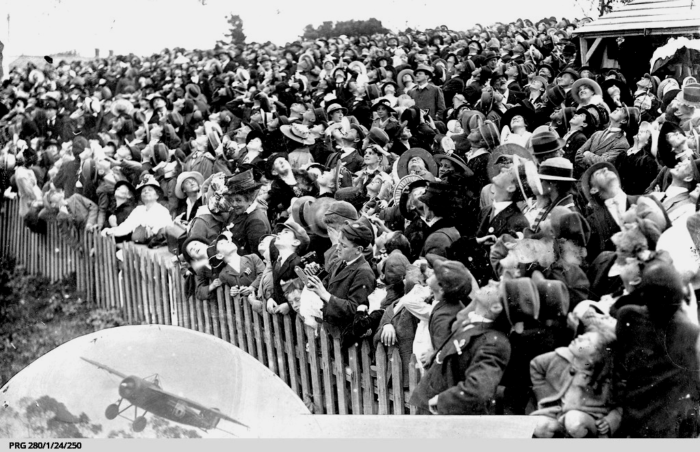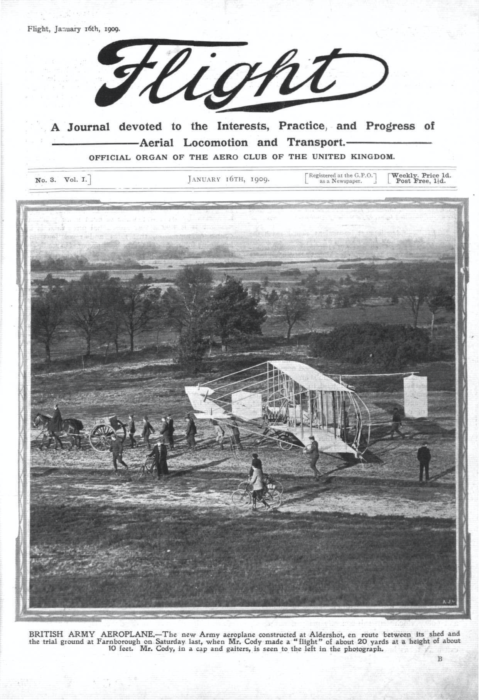The Red Knight rises
I recently came across a few more examples from 1920s and 1930s newspapers of the ‘Red Baron’ being used in reference to Manfred von Richthofen, which I suggested undermined my argument that, in essence, we call him that because of Snoopy. But instead of shrugging my shoulders I decided to get my data on and […]









